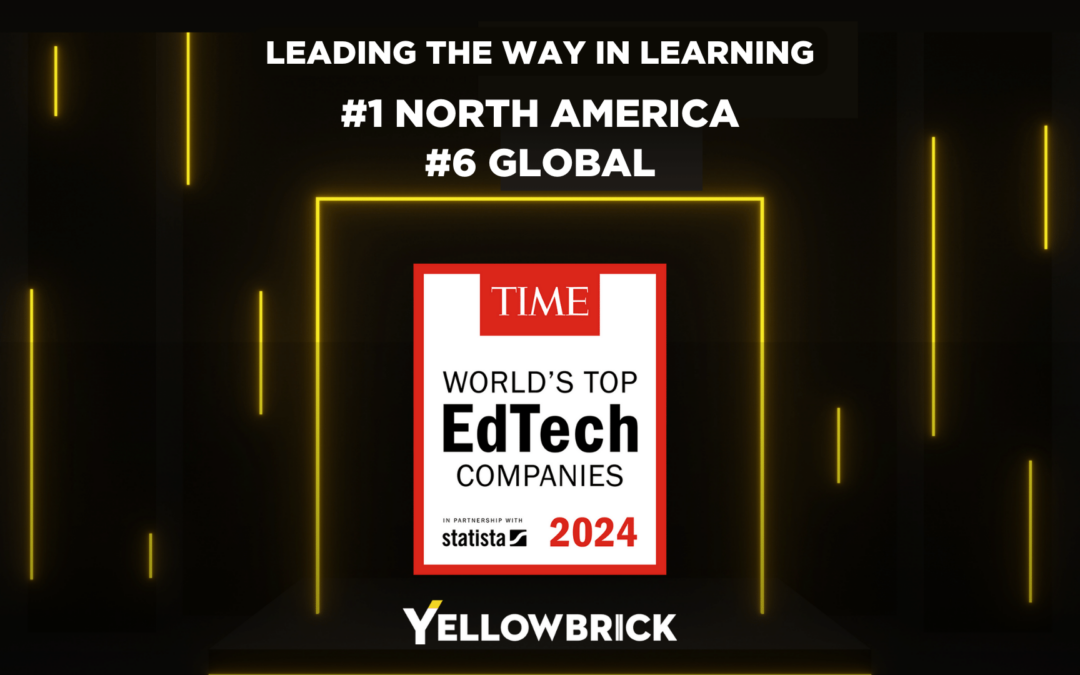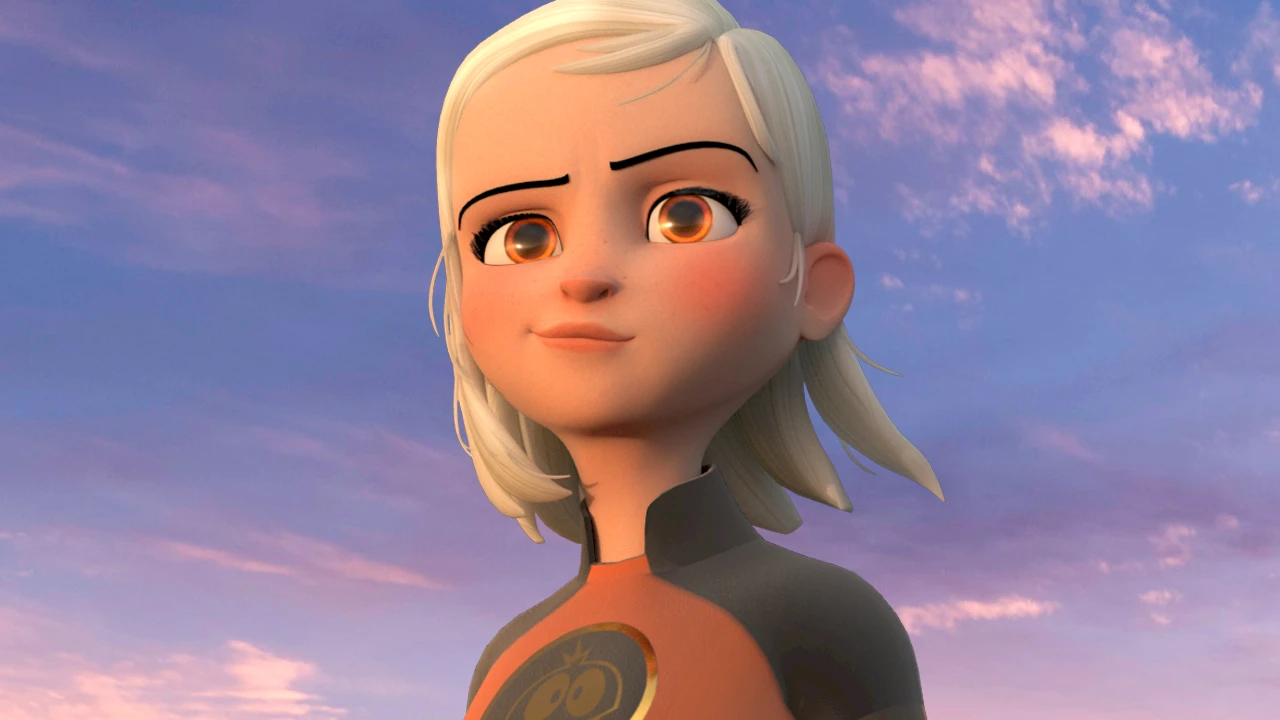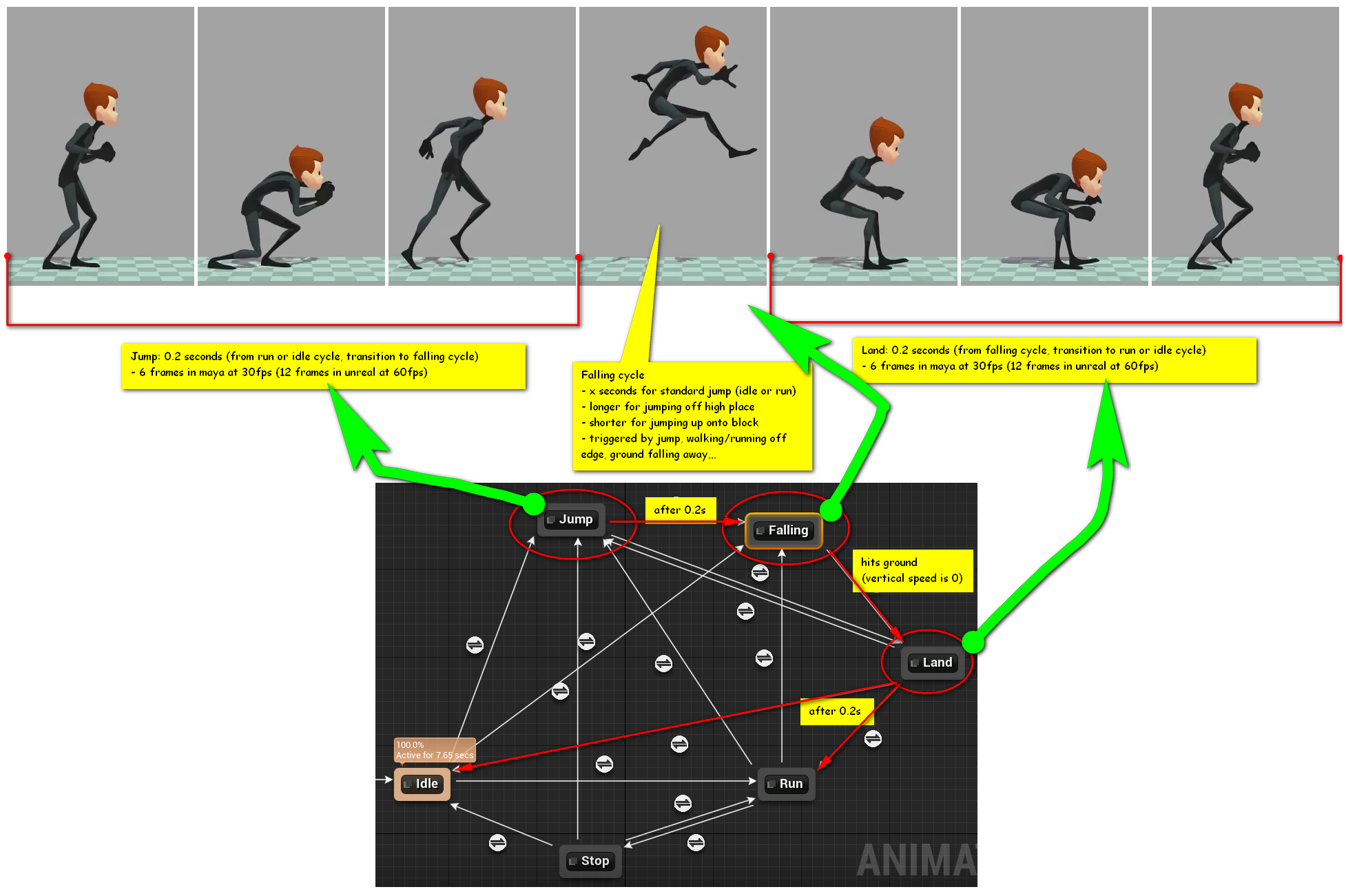
I love watching feature films, but there’s something about interactive media that draws me in deeper. So, when Animation Mentor offered the Game Animation Fundamentals Workshop, I knew that was the next step for me! Then the Game Animation Combat Attacks Workshop came out so I took that too! Here’s an insider’s view on these workshops and what to expect.
I started studying at Animation Mentor to fulfill an old dream of mine — I started studying 2D animation in college in 1994 but switched to study multimedia and became a web developer. No regrets there, but as soon as I saw I could learn animation online with mentors from top studios, I was sold!
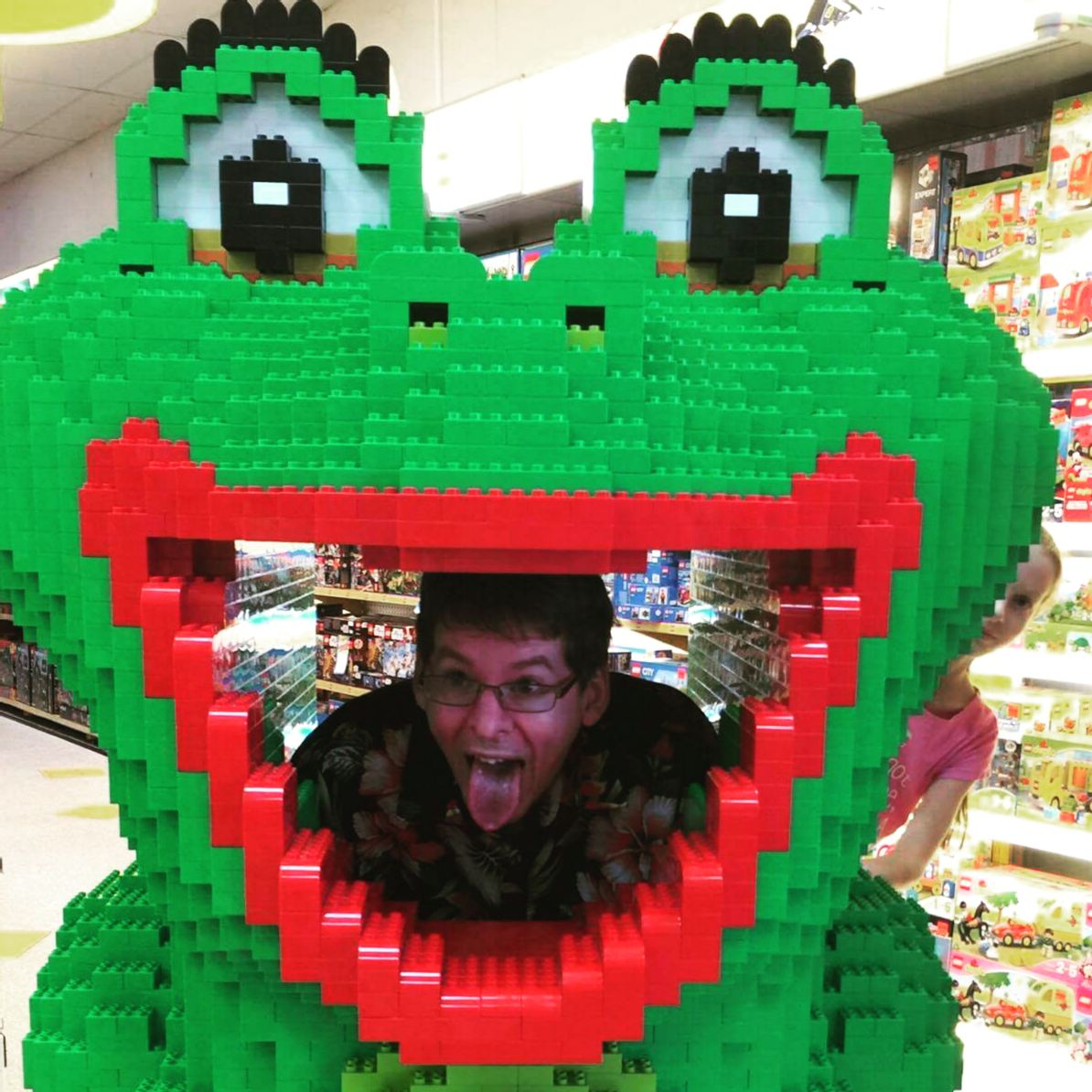

Ben Boyle and some Legos
Having Matt Garward as a mentor in Body Mechanics just made me want to know more about it, and when Animation Mentor offered the Game Animation Fundamentals Workshop, I knew that was the next step for me! Then the Game Animation Combat Attacks Workshop came out so I took that too!
What to Expect in a Game Animation Workshop
Shahbaaz Shah was my mentor in both workshops and great with feedback and explaining how a games engine assembles all the animation assets to bring a character to life and the different clips an animator would create to bring a character to life. You get a decent bite at that in the workshops, but there’s evidently a lot more depth to it in many games!
Getting to test my animations out with a controller was amazing, I had so much fun running around jumping and punching stuff 😀
Workshops are six weeks and you submit work for the first five weeks. It’s not a lot of time so you need to jump right in! One thing I really loved about the assignments was the animation was based on short clips and cycles — idle, running, jumping, and combat moves. It felt a lot easier to manage than some of the longer acting/action shots, and it really helped me focus and find more time for polish.
In other classes I often lost time on staging and tracking characters moving through space. When animating a character in a game, the game tracks where they are in 3D space and plays the right cycles. When animating, you can focus on making a really awesome jump and not worry about where they go and land. It’s kind of like the COG is done for you—not exactly though. Then all the fun detail that makes it interesting to watch (and play!), that’s what you animate!
I highly recommend the games workshops. They’re a great opportunity to practice body mechanics and really focus on communicating clearly with every short clip.
Exporting clips from Maya and importing them into Unreal was neat. Getting to test my animations out with a controller was amazing, I had so much fun running around jumping and punching stuff 😀
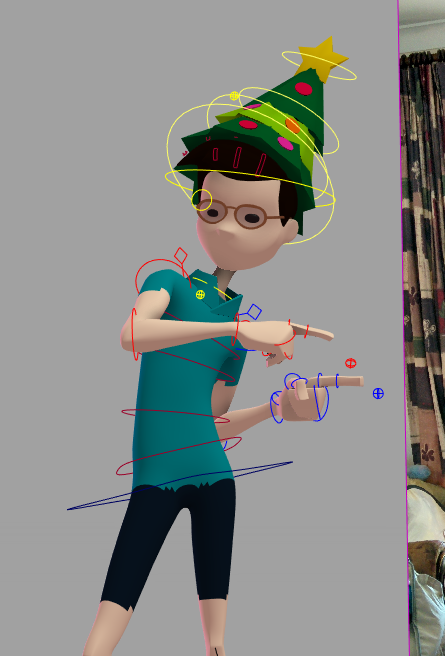

Ben Boyle as the Animation Mentor Stewart Rig!
What I Learned
The format is very similar to other AM classes—new lectures each week (including some technical add-ons that explain more about how game engines work), a weekly Q&A, and assignments with critiques. Shahbaaz had lots of great feedback on my body mechanics and good info on how game animation works. I’d love to get deeper into using breakers to add more variety to cycles and configuring a state machine myself.
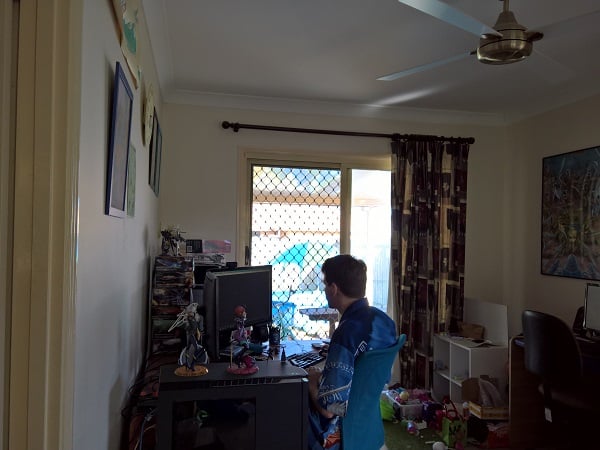

Working hard.
Yeah, it was kinda geek heaven for me with animation, interaction, user-interface, and programming mixed in there. The workshops focus on animation, of course, but I couldn’t help poking around in Unreal.
I definitely have a much better understanding of game animation workflow now. I know how to work on small clips, take them back and forth between Maya and Unreal. It was really interesting learning how the game engine blends animation together. Like if you are making your character move forward but not at top speed, should they walk or run?
If you’re interested in any form of interaction with the audience then this is a great introduction to the workflow — how to build pieces of animation, how a game engine blends them together.
You can create a walk cycle and a run cycle and the game engine will create a half-walk/half-run by blending the two together. It’s pretty cool! Of course, a half-walk/half-run should probably look more like a jog and it isn’t really a blend of walking and running. So you can also create a jog cycle and put that in there, then configure the game engine to blend between walk-jog and jog-run. It’s fantastic for learning more about body mechanics.
Some combat video reference work.
Connecting With Your Audience
As an animator… well everyone gushes about animation in feature films—and, I know, it is awesome. Sometimes I think game animation flies under the radar. But think about it… if you’re playing a game for hours and hours, you are going to get really familiar with the character’s run/walk/climb/fall animations. Everything needs to read clear and super-fast so the player can react and make decisions and enjoy the game—if you tell Link to roll sideways to dodge an arrow, that rolling animation gives you the feedback to know that it’s working.



Jumping, Falling, and Landing with State Machine – See larger image
If it looks cool and powerful, then the player will feel cool and powerful. It’s potentially a lot more intimate. If you’re sneaking around and an enemy reacts, you’re aware of that from the body language. That’s animation that someone had to create. It all works together amazingly well when I play games, I’m excited to learn more about making that happen.
I highly recommend the games workshops. They’re a great opportunity to practice body mechanics and really focus on communicating clearly with every short clip. The workshops come with a game world setup and most of the configuration is already done. You can focus on doing awesome animation and dropping them in, but you also get the chance to see how it all fits together.
If you’re interested in any form of interaction with the audience then this is a great introduction to the workflow — how to build pieces of animation, how a game engine blends them together. It’s like building a big pose library of animations which can then be played at the right time. Jump in the game and just play… when you forget you’re watching your animation and just enjoy running around, you know that hard work is paying off! 🙂
Want to learn from professional game animators?
Start your animation quest now! Learn the industry ins and out from League of Legends and Telltale Games animators. Get more information today about Animation Mentor and our Game Animation Workshops.


